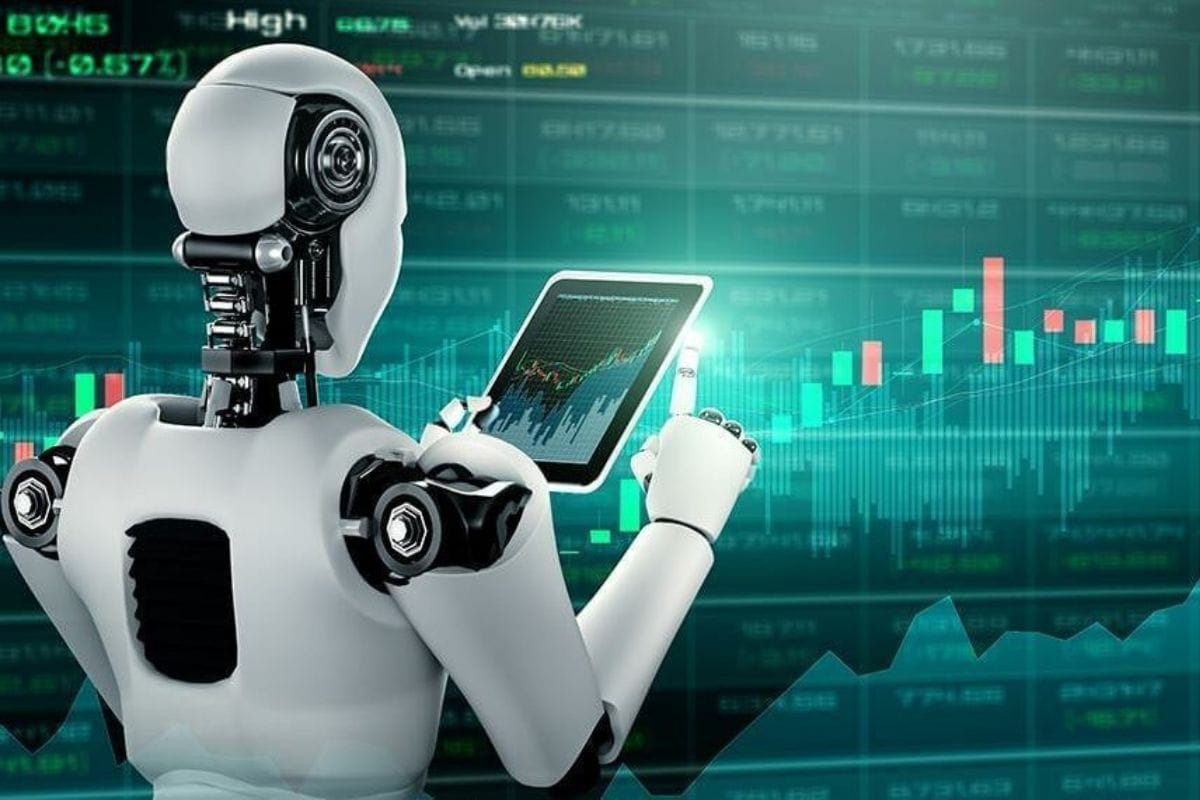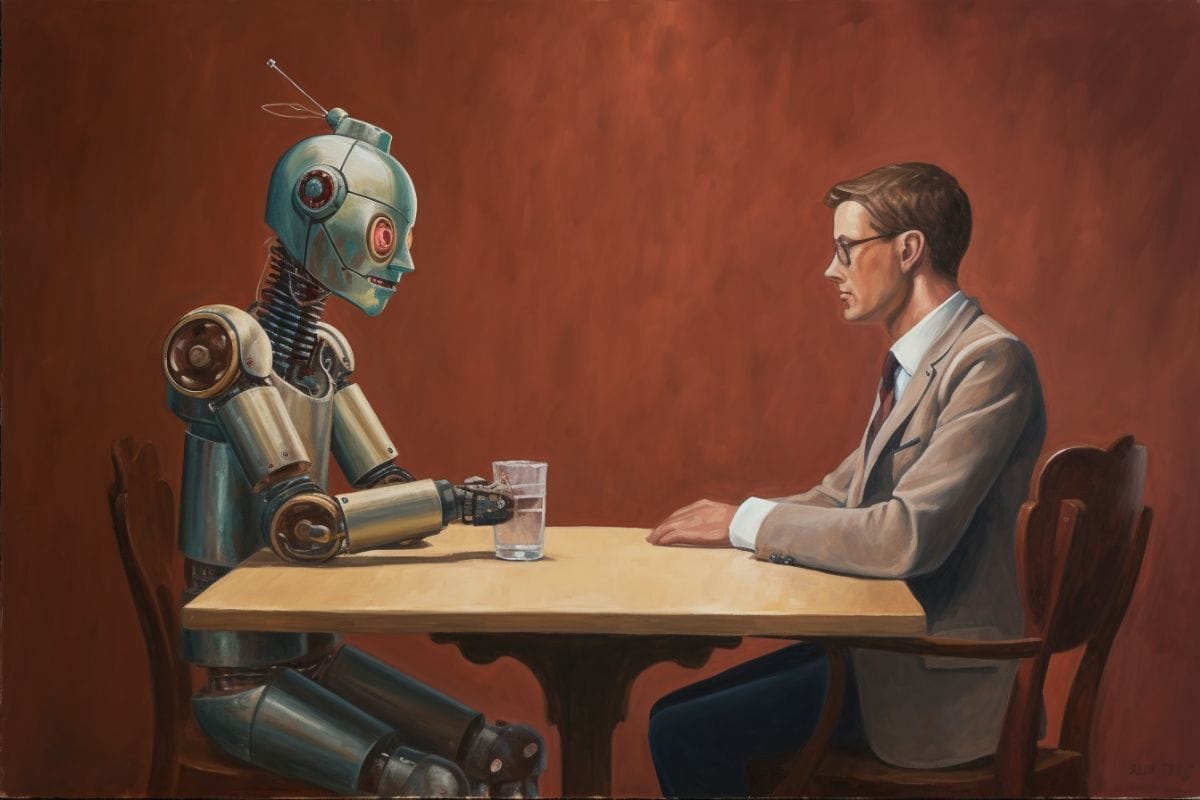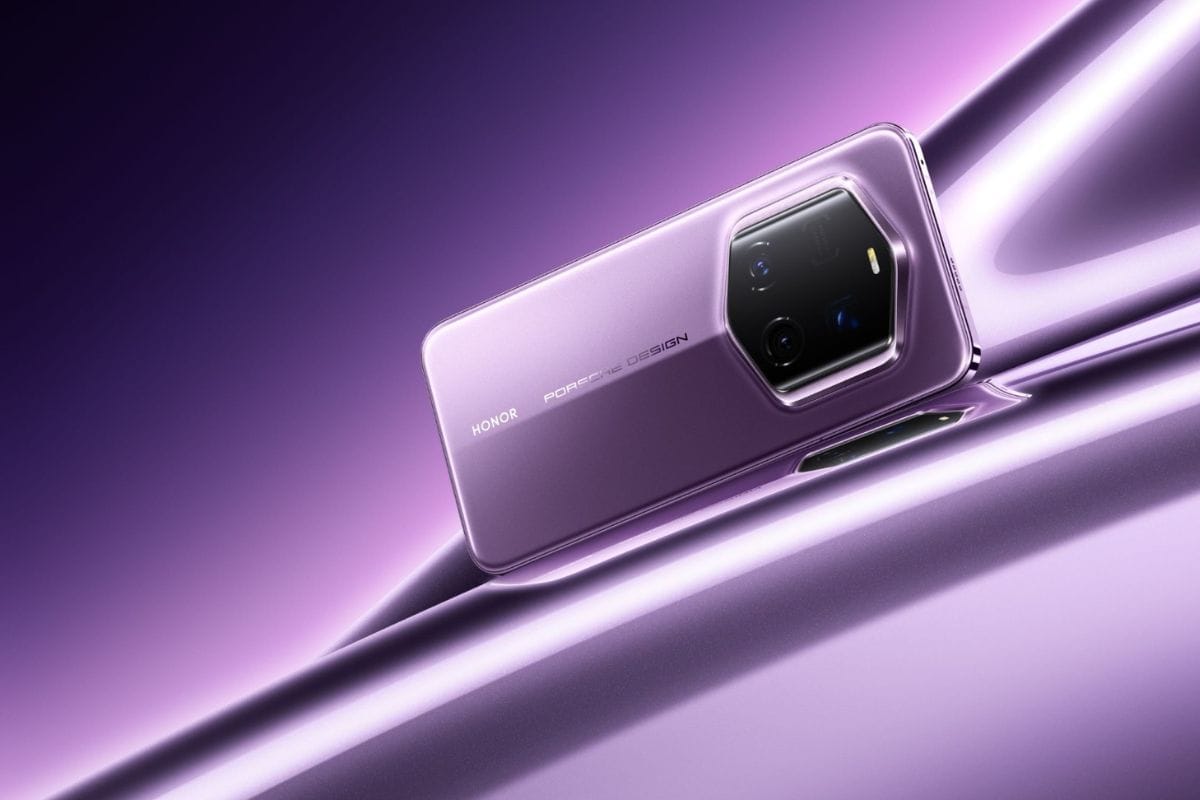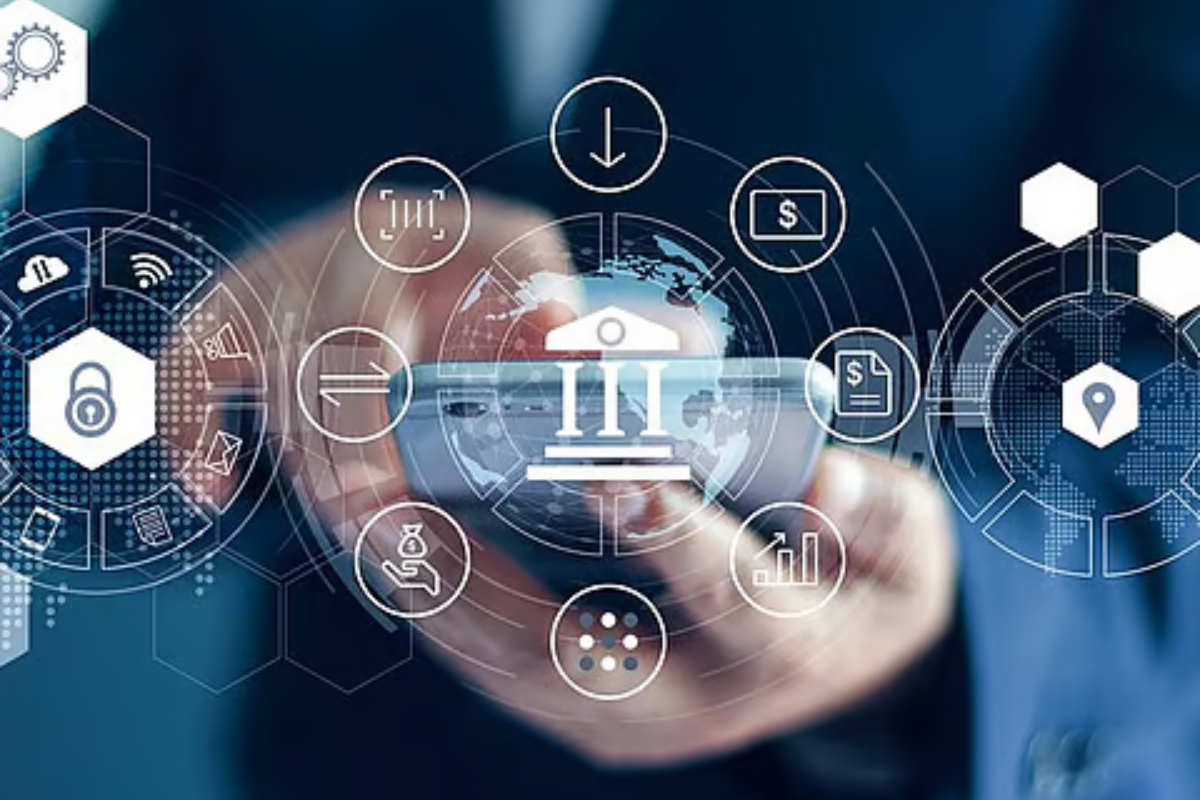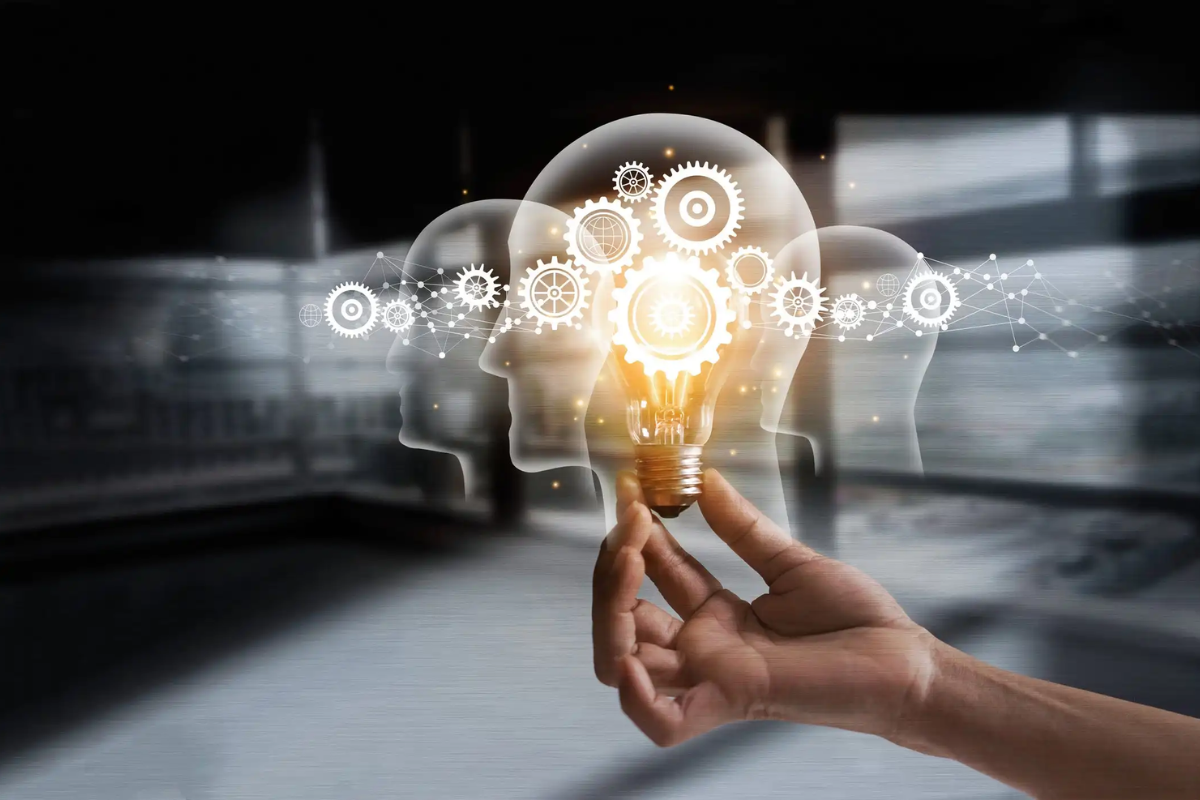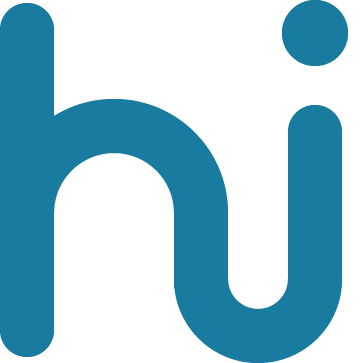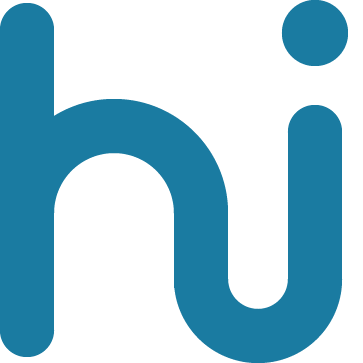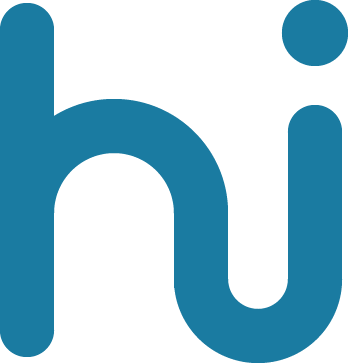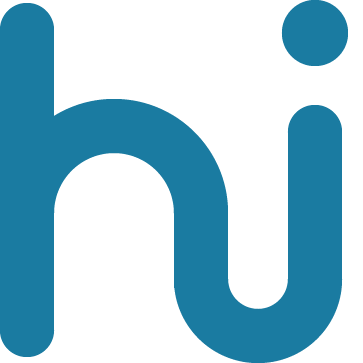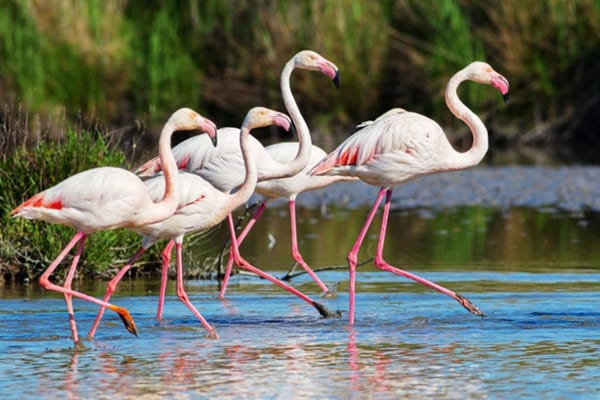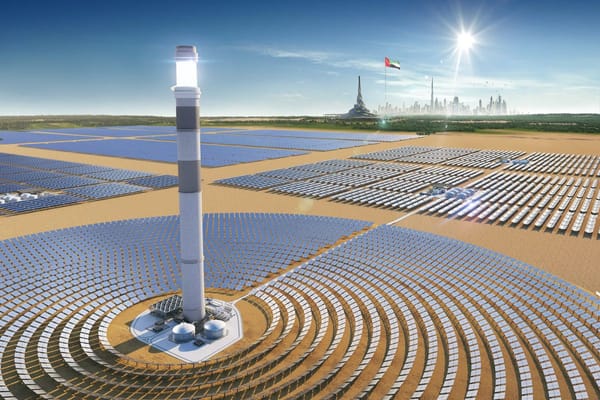Human creativity has been the cornerstone of progress across art, literature, music, and technology, driving innovation and cultural evolution. From the masterpieces of the Renaissance to groundbreaking technological advancements, original thinking has propelled humanity forward.
In recent years, the rapid advancement of artificial intelligence (AI) has sparked concerns about its impact on human creativity. AI-generated content is becoming increasingly prevalent across various industries, leading to debates about the potential decline of original thought. For instance, a study published in Science Advances found that while AI can enhance individual creativity by boosting the novelty of ideas, it may also lead to homogenization, resulting in less diverse collective outputs
The proliferation of AI-generated content has raised alarms about the quality and originality of creative works. Analyses by AI detection firms, including Pangram Labs, have estimated that approximately 47% of recent posts on Medium are likely AI-generated. This surge has led to concerns about "slop," a term used to describe low-quality, AI-generated content that inundates the internet, making it challenging to distinguish between genuine and machine-produced works.
Moreover, the economic implications for creators are profound. A global study by the International Confederation of Societies of Authors and Composers (CISAC) predicts that workers in the music sector could lose nearly a quarter of their income to AI within the next four years. This potential displacement raises questions about the future role of human creativity in industries increasingly dominated by AI-generated content.
Given these developments, a central question emerges: Is AI truly eroding human creativity, or are we witnessing an evolution toward a new form of originality where human and machine collaboration redefines creative expression?
The Historical Context: Has Creativity Always Been Cyclical?
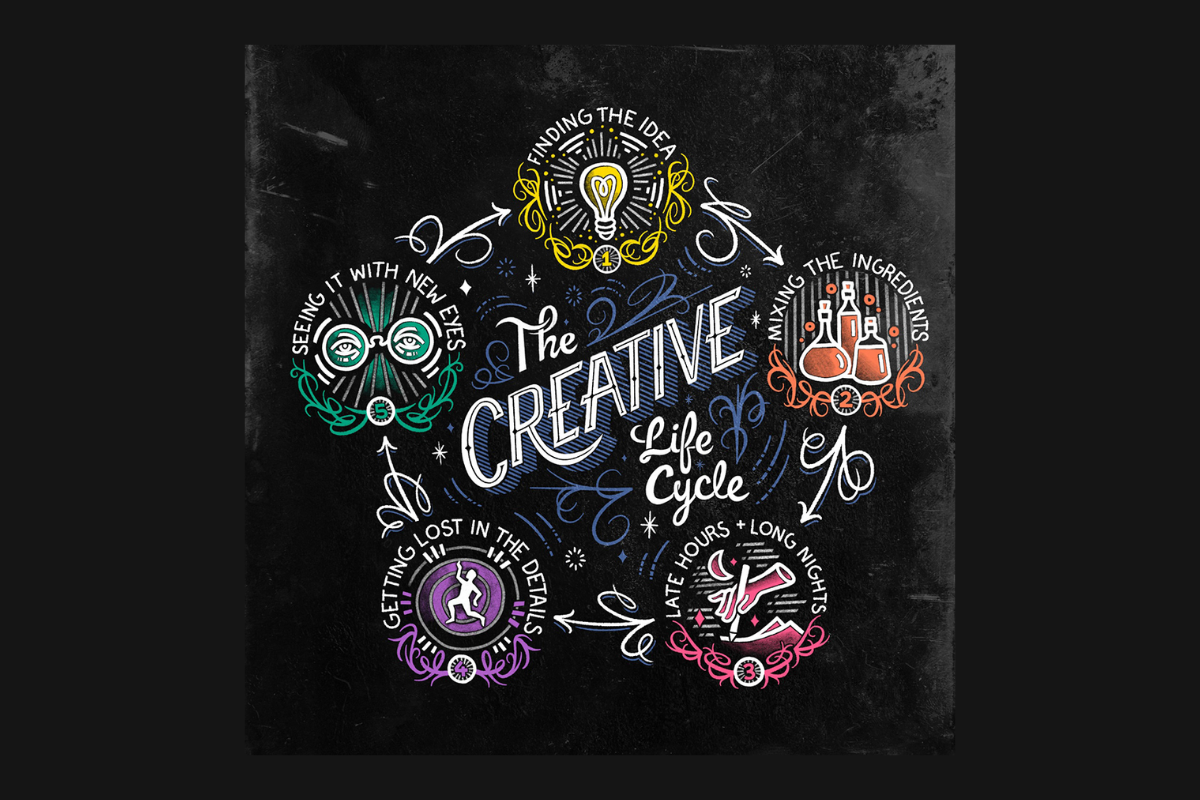
Throughout history, technological advancements have often been met with apprehension, particularly concerning their impact on creativity and originality. However, these innovations have frequently led to expanded creative possibilities, suggesting that concerns about a decline in originality may be cyclical rather than unprecedented.
Historical Fears of Declining Originality
- Industrialization and Mass Production: The Industrial Revolution introduced mass production techniques, leading to fears that handcrafted artistry would diminish. Critics worried that the uniqueness of art would be lost amid standardized manufacturing.
- The Rise of Hollywood Formulas: In the early 20th century, Hollywood's studio system was criticized for producing formulaic films, prioritizing commercial success over artistic innovation. This led to concerns about a decline in cinematic originality.
Technological Advancements Expanding Creativity
- The Printing Press: Invented in the 15th century, the printing press faced resistance from those who valued handwritten manuscripts. Despite initial fears, it democratized knowledge and enabled the widespread dissemination of literature, fostering new genres and ideas.
- Photography: Introduced in the 19th century, photography was initially met with skepticism by traditional artists who feared it would render painting obsolete. Instead, it became a new art form and influenced movements like Impressionism, which sought to capture moments in ways photography could not.
- Digital Art: The late 20th century saw the emergence of digital art, with artists like Harold Cohen developing AARON, an AI capable of creating art. Initially, there was skepticism about the authenticity of computer-generated art, but over time, digital tools have expanded artistic expression and accessibility.
AI: A Fundamental Shift or Another Cycle?
The current rise of AI in creative fields mirrors past technological introductions. While there are concerns that AI may lead to homogenized, formulaic outputs, history suggests that such technologies can also serve as tools that enhance human creativity rather than replace it. The integration of AI into art and media is still evolving, and its ultimate impact on originality remains to be fully understood.
In conclusion, while each technological advancement has sparked fears of diminishing originality, history demonstrates that creativity often adapts and flourishes with new tools. The challenge lies in how society chooses to integrate these technologies into the creative process.
The Role of AI in Creativity: Tool or Replacement?
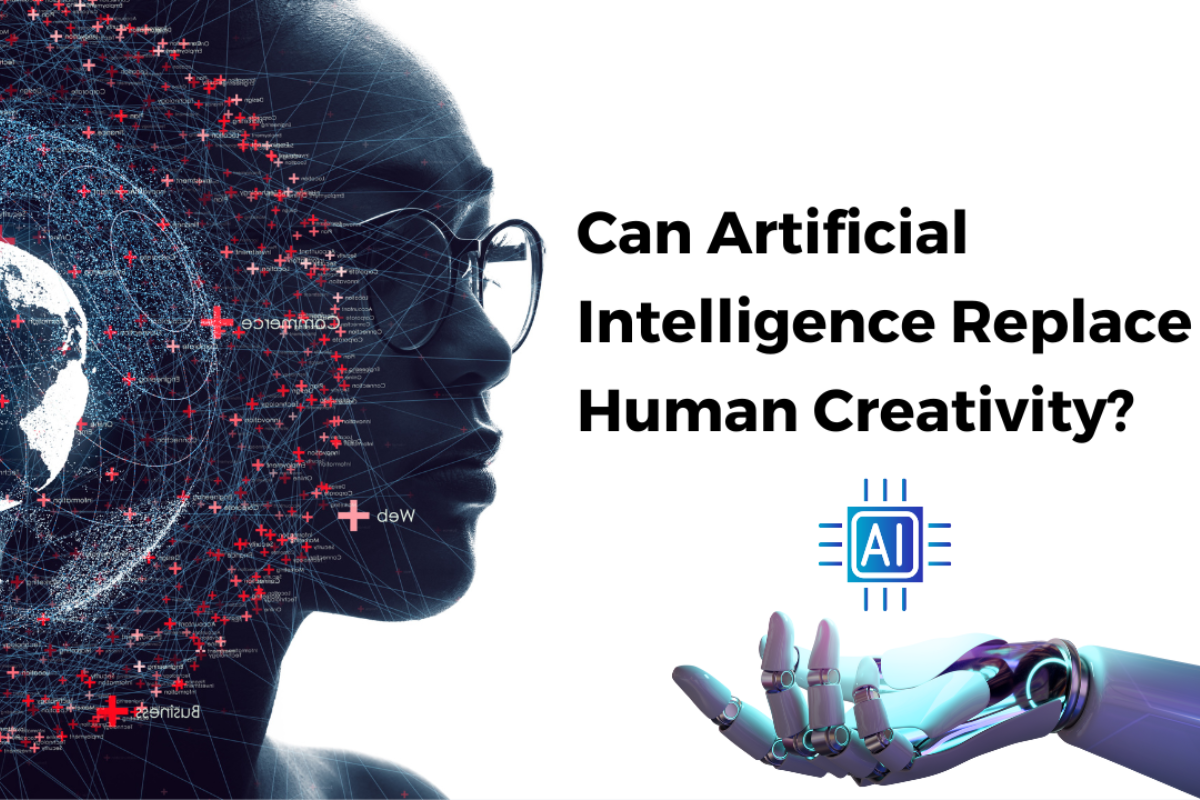
Artificial intelligence (AI) has significantly advanced in recent years, extending its influence into various creative domains such as art, writing, music, and design. Tools like OpenAI's ChatGPT, MidJourney, and DALL·E have democratized content creation, enabling users to generate text, images, and music with minimal effort.
For instance, ChatGPT can produce coherent narratives and articles based on user prompts, while DALL·E and MidJourney transform textual descriptions into vivid visual art. In music, AI-driven platforms can compose melodies and even full songs, allowing musicians to experiment with new styles and genres.
The integration of AI into creative industries is evident in various sectors:
- Film Scripts: AI has been utilized to draft screenplays, exemplified by the 2024 Swiss film "The Last Screenwriter," which was written using OpenAI's ChatGPT.
- Journalism: Media outlets have experimented with AI-generated content, such as the London Standard featuring an AI-written art review 'by' the late critic Brian Sewell, aiming to provoke discussion about AI's role in journalism.
- Visual Arts: Artists are increasingly incorporating AI into their creative processes. For example, Xanthe Dobbie used text-to-speech technology to create a video featuring Cate Blanchett's AI-generated voice, exploring themes of a feminist utopia with sex robots.
Despite these advancements, AI's creative process fundamentally differs from human ingenuity. AI systems analyze vast datasets to identify patterns and generate outputs that mimic existing styles, rather than originating novel ideas. This pattern-based generation raises questions about the authenticity of AI-produced art. As noted in the Harvard Gazette, the emergence of AI-image generators has sparked controversy over whether AI-generated art should be considered real art.
Critics argue that AI-generated content often lacks the emotional depth and originality inherent in human creations. For instance, AI-composed music may technically adhere to musical structures but might not evoke the same emotional resonance as human compositions. Similarly, AI-written film scripts can follow narrative conventions yet miss the nuanced character development and emotional arcs crafted by human writers. This sentiment is echoed by those who contend that AI, while capable of generating content efficiently, might struggle to inject the depth, emotion, and authenticity that humans bring to their work.
In summary, while AI serves as a powerful tool that enhances efficiency and offers new avenues for exploration in creative fields, it does not replace the intrinsic human capacity for original thought and emotional expression. The true potential of AI in creativity may lie in its collaboration with human artists, where AI handles repetitive tasks or provides inspiration, allowing creators to focus on infusing their work with personal experiences and emotional depth.
Data and Studies: Measuring the Creativity Decline
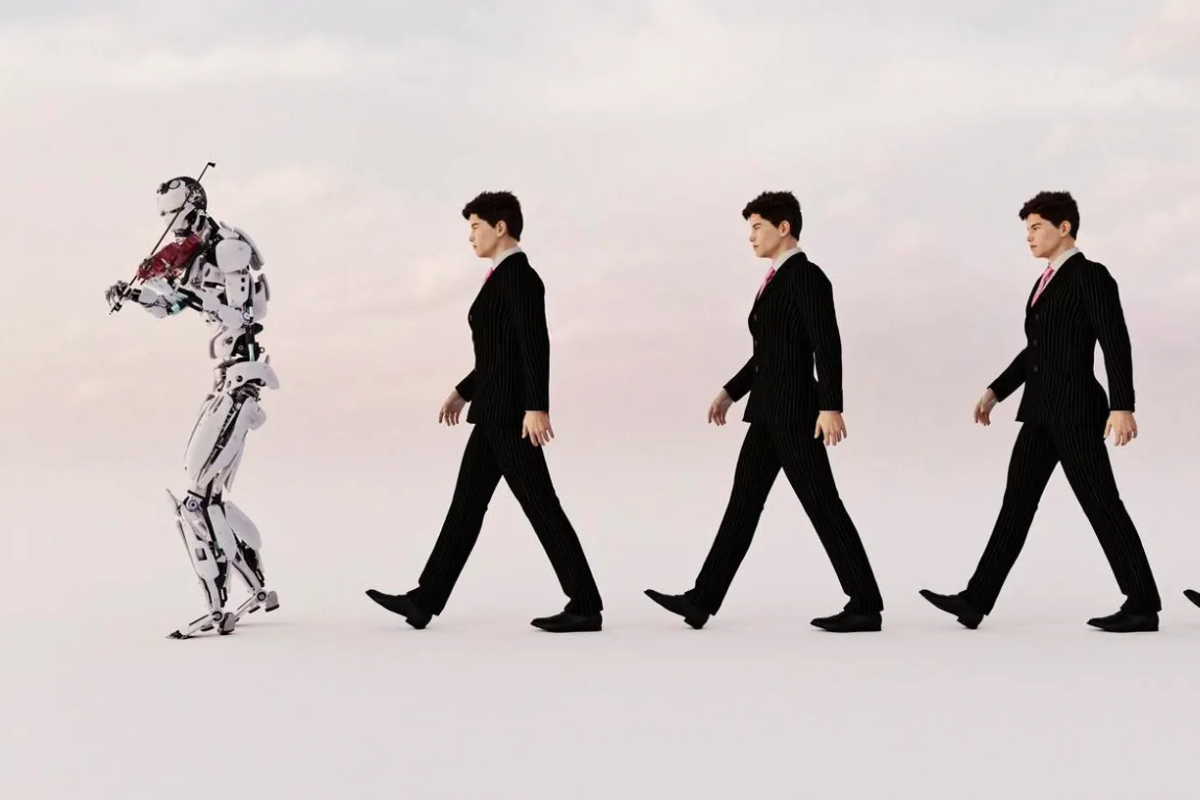
Recent research indicates a concerning decline in creativity, particularly among younger generations. Studies utilizing the Torrance Tests of Creative Thinking (TTCT) have revealed that, since the 1990s, children's creativity scores have been decreasing. This trend suggests that modern educational practices and societal changes may be stifling the creative development of young minds.
In the realm of content creation, the rise of artificial intelligence (AI) has introduced new dynamics in audience perception. A study conducted by Bynder involving 2,000 participants from the UK and the US presented two articles—one written by ChatGPT and another by a human copywriter. The findings revealed that 50% of consumers could accurately identify AI-generated content. Interestingly, when unaware of the content's origin, some participants preferred AI-generated articles, suggesting that biases toward human-created content diminish without source attribution.
The entertainment industry exemplifies this shift, with Hollywood increasingly relying on remakes, reboots, and franchises. This trend raises questions about the industry's commitment to original storytelling and reflects a broader pattern of favoring familiar, marketable content over innovative narratives.
These developments underscore the complex interplay between technological advancement and creativity. While AI offers new tools for content generation, its impact on genuine creative expression and the cultivation of originality remains a topic of active debate.
Industries Affected: Where Is Originality Dying the Most?
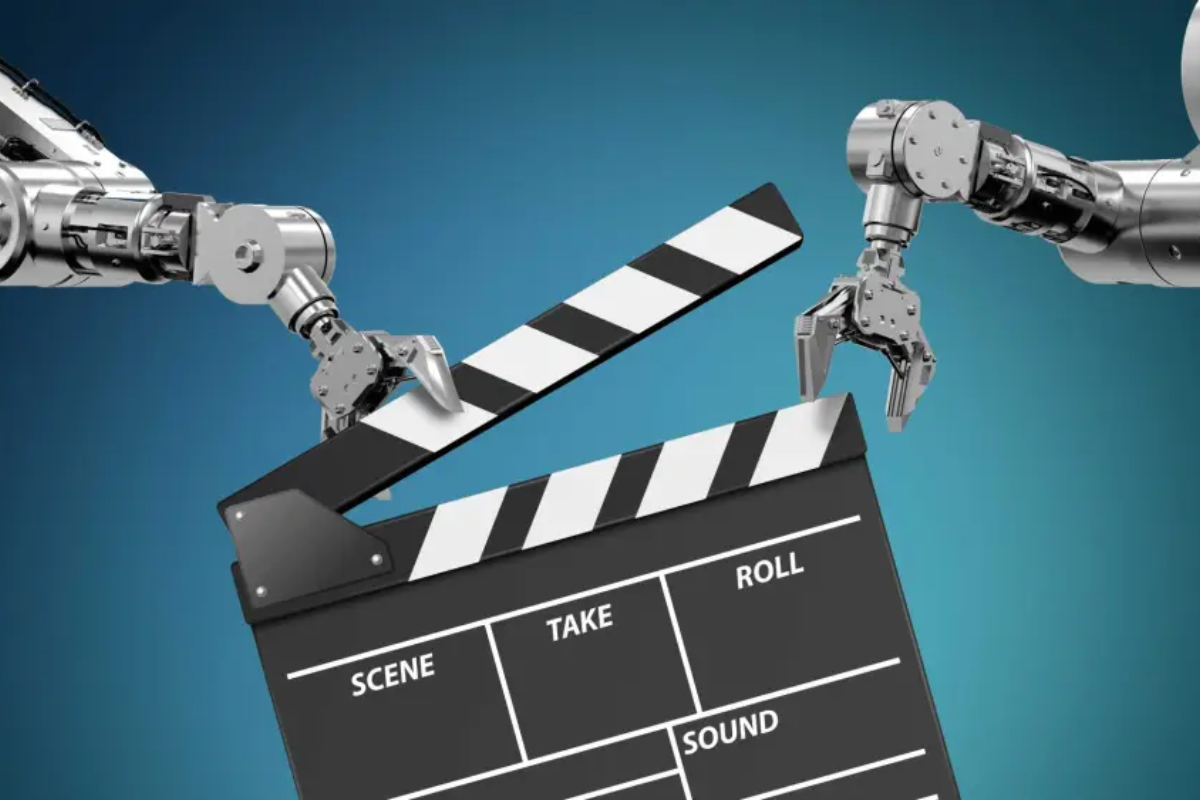
Originality is under pressure across multiple creative industries, but some sectors are experiencing a more severe decline than others due to AI-generated content, commercial incentives, and audience preferences for familiarity.
1. Film & TV: The Age of Sequels and Formulaic Content (Most Affected)
- . In 2024, all ten of the highest-grossing films were sequels, including titles like "Inside Out 2" and "Deadpool and Wolverine."
- Streaming platforms rely heavily on algorithm-driven recommendations, leading to remakes, spin-offs, and franchise reboots dominating content production.
- New, original films struggle to receive funding unless they fit an established, profitable mold.
Why originality is dying here the most:
Hollywood prioritizes financial security over risk, leading to repetitive storytelling and fewer experimental projects. The dominance of streaming services amplifies this trend by relying on data-driven decisions, where AI helps determine what type of content is most likely to succeed.
2. Literature & Journalism: AI-Generated Content on the Rise
- AI-generated articles are flooding digital media, with platforms like Medium seeing up to 47% of posts being AI-created, according to an analysis by Pangram Labs.
- AI-written novels and short stories are increasingly submitted to publishers and competitions, leading to ethical concerns about authenticity and originality.
- Bynder’s AI study found that 50% of readers couldn't distinguish between AI-generated and human-written content, showing that formulaic AI writing is becoming indistinguishable from human creativity.
Why originality is struggling here:
The demand for fast, cheap content in journalism and self-publishing makes AI an attractive tool. However, this has led to a saturation of generic, repetitive writing rather than unique storytelling or in-depth reporting.
3. Music: AI’s Copy-Paste Creativity
- AI-generated music tools like Udio and Suno can now create full songs within seconds, often mimicking existing artists' styles.
- Major streaming platforms are removing AI-generated songs in bulk due to concerns over originality and potential copyright violations.
- While AI music is creative in form, it lacks the emotional depth of human-composed works.
Why music is moderately affected:
AI is a useful tool for assisting musicians, but when it completely replaces human creativity, the result is often generic and emotionless. However, because live music and personal artistry still play a significant role, AI hasn’t overtaken human originality completely—yet.
4. Visual Arts & Design: Ethical Issues More Than Lack of Originality (Least Affected)
- AI-generated art has sparked major controversies over plagiarism and ethical concerns, with companies like Getty Images suing AI firms for unauthorized use of copyrighted material.
- Some artists claim AI tools scrape existing artworks without proper credit, leading to a recycling of styles rather than true innovation.
- However, AI is also being used as a collaborative tool rather than a full replacement, meaning human creativity still plays a key role.
Why originality is not completely dead here:
Unlike in film or journalism, visual artists still have strong creative input. AI assists rather than replaces, meaning human vision remains crucial. The biggest concern in this industry is more about ethical dilemmas than a total loss of originality.
The Psychological and Economic Shift: Why Do We Prefer AI-Created Content?
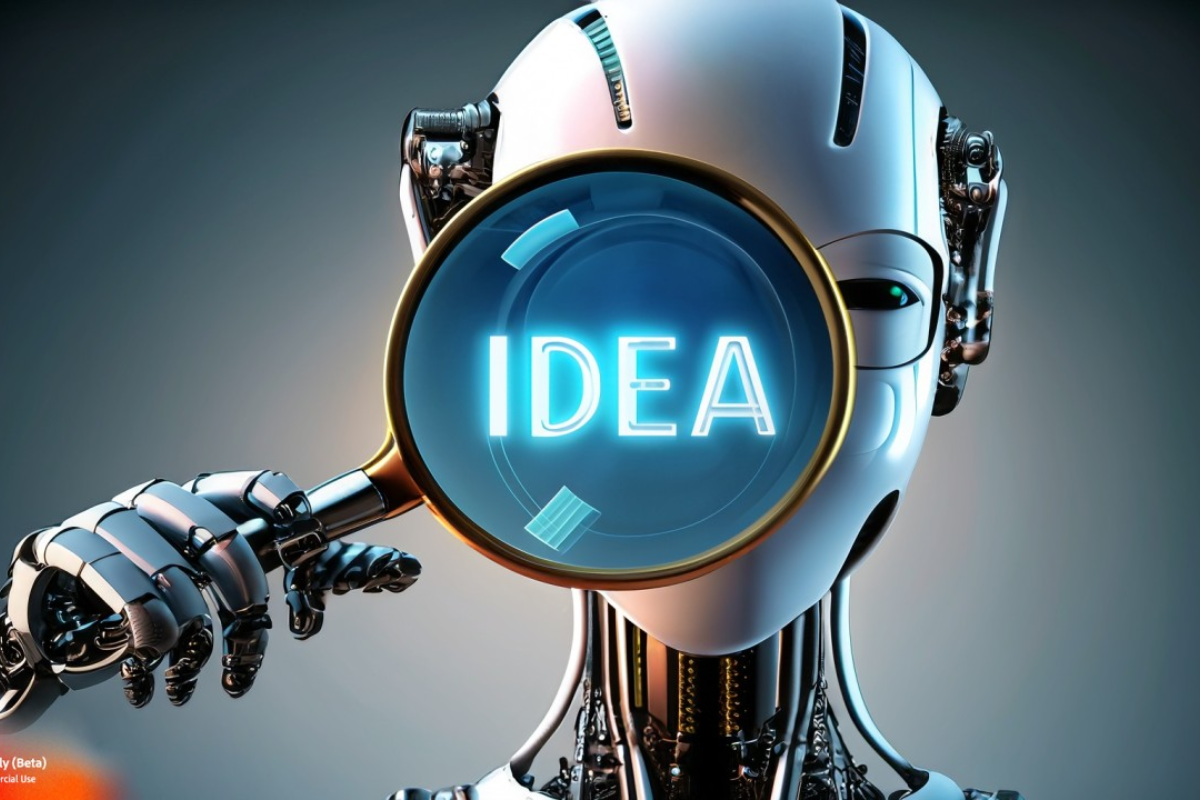
The integration of artificial intelligence (AI) into creative industries has led to a psychological and economic shift influencing both content creators and consumers.
The Attention Economy: Preference for Familiarity
In today's digital landscape, the abundance of information has intensified competition for audience attention. Psychological research indicates that individuals are naturally drawn to familiar content—a phenomenon known as the "mere-exposure effect." This effect suggests that repeated exposure to a stimulus increases an individual's preference for it. For instance, a study highlighted that people tend to develop a preference for things simply because they are familiar with them. This inclination towards familiarity can lead audiences to favor AI-generated content that aligns with established patterns and themes, as it provides a sense of comfort and predictability.
Economic Pressures: Profitability Over Originality
From an economic standpoint, companies are often driven by the imperative to maximize profitability. AI offers a cost-effective solution by generating content that adheres to proven formulas, reducing the financial risks associated with innovative but untested ideas. This approach is evident in various sectors, including the entertainment industry, where studios increasingly rely on AI to produce sequels and remakes that guarantee box office returns. Such strategies prioritize financial security over creative experimentation, potentially leading to a homogenization of content.
Creative Burnout: AI as a Coping Mechanism
The relentless pace of digital content production has placed immense pressure on human creators, often resulting in burnout. AI tools have emerged as a means to alleviate this burden by automating repetitive tasks and assisting in content generation. While some creators find that AI reduces their workload, allowing them to focus on more strategic aspects of their work, others express concern that reliance on AI may diminish the authenticity and originality of creative outputs. A recent survey revealed that 71% of content creators reported little to no impact of AI on their burnout levels, while 20% noted that AI has helped reduce burnout by aiding in content creation and enhancing creativity.
In summary, the preference for AI-created content is influenced by psychological comfort with familiarity, economic incentives favoring low-risk production, and the need to mitigate creative burnout. While AI offers solutions to these challenges, it also raises questions about the future of originality and the intrinsic value of human creativity in an increasingly automated world.
The Counterargument: AI as an Enhancement, Not a Threat
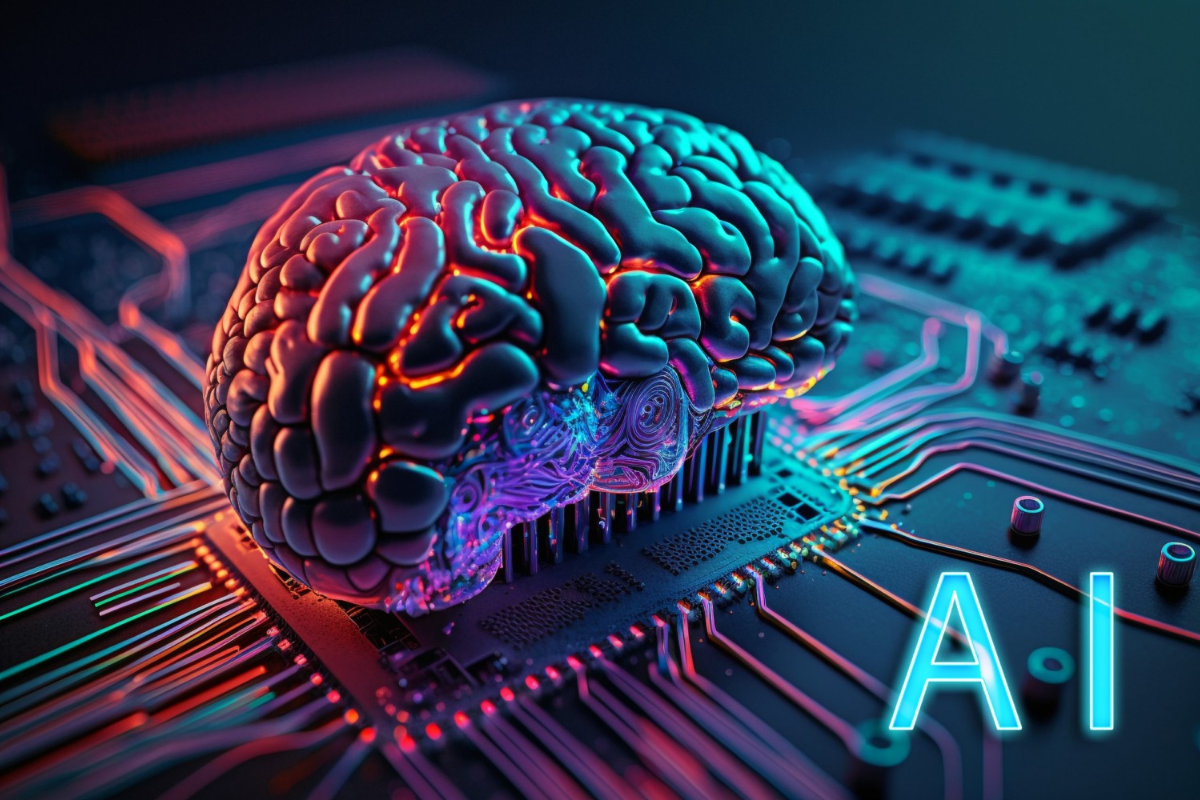
Artificial intelligence (AI) is increasingly being embraced as a collaborative tool in the creative process, enhancing rather than replacing human artistry. Artists, writers, and musicians are integrating AI into their workflows to push the boundaries of their crafts and democratize creativity.
AI as a Collaborative Tool
Many creators view AI as a means to augment their creative capabilities. For instance, Istanbul-born artist Refik Anadol utilizes AI to transform vast datasets into immersive digital sculptures. His upcoming AI art museum, Dataland, in Los Angeles, will feature "living" artworks that react to movement and incorporate sensory elements like sound and scent. Anadol emphasizes that AI serves as another medium for artistic expression, allowing for innovative experiences that blend technology and art.
In the music industry, artists like Holly Herndon have pioneered the use of AI to explore new sonic landscapes. Herndon's album "Proto" features a collaboration with an AI "singer" named Spawn, developed to learn and replicate human vocal patterns. This partnership between humans and machines challenges traditional notions of authorship and creativity, showcasing how AI can inspire unique musical compositions.
Democratization of Creativity
AI's accessibility has lowered barriers for individuals without formal training to engage in creative endeavors. Comedian Willonius Hatcher, for example, leveraged AI tools to produce the viral track "BBL Drizzy," which garnered significant attention and user-generated remixes. Hatcher's experience demonstrates how AI can empower creators from diverse backgrounds to realize their artistic visions without extensive technical expertise.
Moreover, AI-driven platforms are making complex creative tasks more approachable. Generative AI models simplify video editing and graphic design, enabling users to produce professional-quality content without specialized skills. This democratization fosters a more inclusive creative landscape, where diverse voices can contribute to and enrich the arts.
While concerns about AI's impact on traditional creative roles persist, many artists and industry leaders advocate for embracing AI as a complementary resource. Jeffrey Katzenberg, co-founder of DreamWorks, describes AI as an "amazing resource" that enhances productivity and expands the diversity of work in Hollywood. This perspective suggests that AI, when used thoughtfully, can coexist with human creativity, leading to innovative and enriched artistic expressions.
What the Future Holds: Can AI and Human Creativity Coexist?
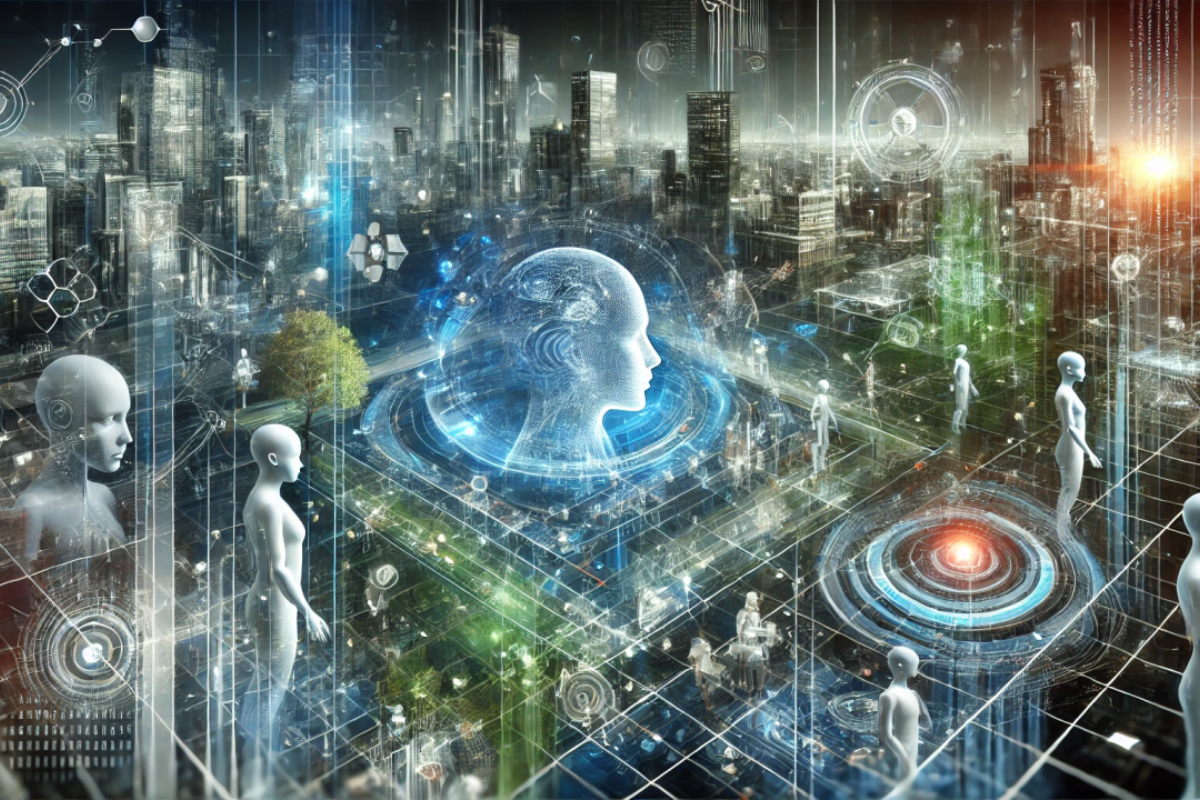
The integration of artificial intelligence (AI) into creative domains has sparked discussions about the future relationship between AI and human creativity. While AI offers tools that can augment creative processes, it also raises questions about originality, ethics, and the preservation of the human touch in art.
Evolving Creativity with AI
AI's role in creativity is increasingly seen as collaborative. Artists, writers, and musicians are leveraging AI to explore new artistic territories. For instance, in the fragrance industry, AI assists perfumers in developing innovative scents by analyzing vast datasets of fragrance compositions, thereby accelerating the creative process without replacing the nuanced expertise of human creators. This synergy suggests a future where AI serves as a catalyst for creative innovation, expanding the horizons of what artists can achieve.
Regulatory and Ethical Considerations
The proliferation of AI in content creation has prompted discussions about regulation and ethics. Globally, efforts are underway to establish frameworks that ensure responsible AI use. The European Union's proposed Artificial Intelligence Act, for example, includes provisions requiring transparency in AI-generated content and mandates that users be informed when they are interacting with AI. Similarly, in the United States, companies like OpenAI and Google have pledged to implement measures such as watermarking AI-generated content to address concerns about misinformation and intellectual property rights.
Preserving Human Touch and Emotional Depth
Despite AI's capabilities, the essence of human creativity—rooted in personal experiences and emotional depth—remains irreplaceable. Creative professionals emphasize that while AI can handle repetitive tasks or generate variations based on existing data, it lacks the consciousness and emotional intelligence that inform truly original art. Carrie Patel, director of the game "Avowed," underscores this sentiment, expressing skepticism about AI's ability to replicate the nuanced storytelling crafted by human writers. This perspective highlights the enduring value of human insight in producing art that resonates on a profound emotional level.
The future of creativity likely involves a symbiotic relationship between AI and human ingenuity. While AI offers tools that can enhance and expand creative possibilities, the unique human capacity for emotional expression and original thought remains central to the arts. Navigating this evolving landscape will require thoughtful consideration of ethical standards and a commitment to preserving the human elements that define meaningful artistic expression.
AI is reshaping creativity rather than killing it, serving as a tool that enhances artistic expression rather than replacing human ingenuity. Nigerian artist Malik Afegbua’s AI-generated works challenge norms, while studies show AI boosts creative output by 25% but may also homogenize content.
Despite concerns, human creativity is adaptable, thriving when AI is used as a collaborator rather than a replacement. The future of originality depends on how we engage with these tools. Are we losing creativity, or are we entering a new era of human-AI collaboration?
Also read:
